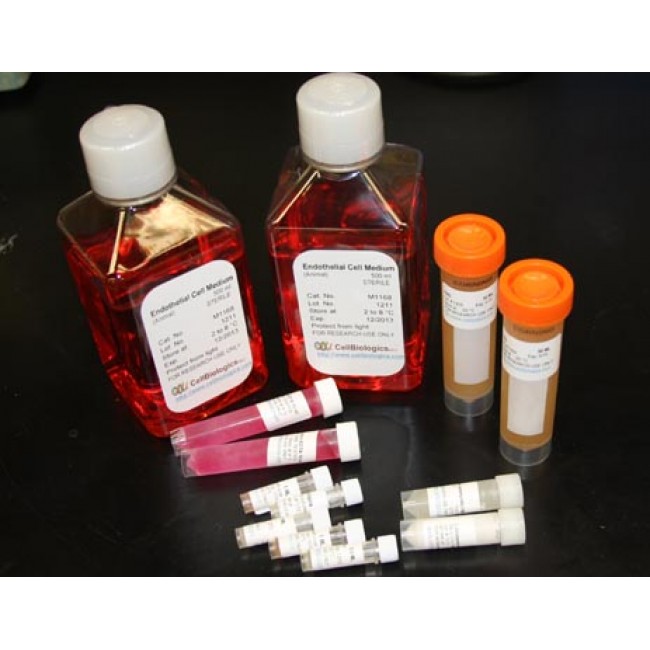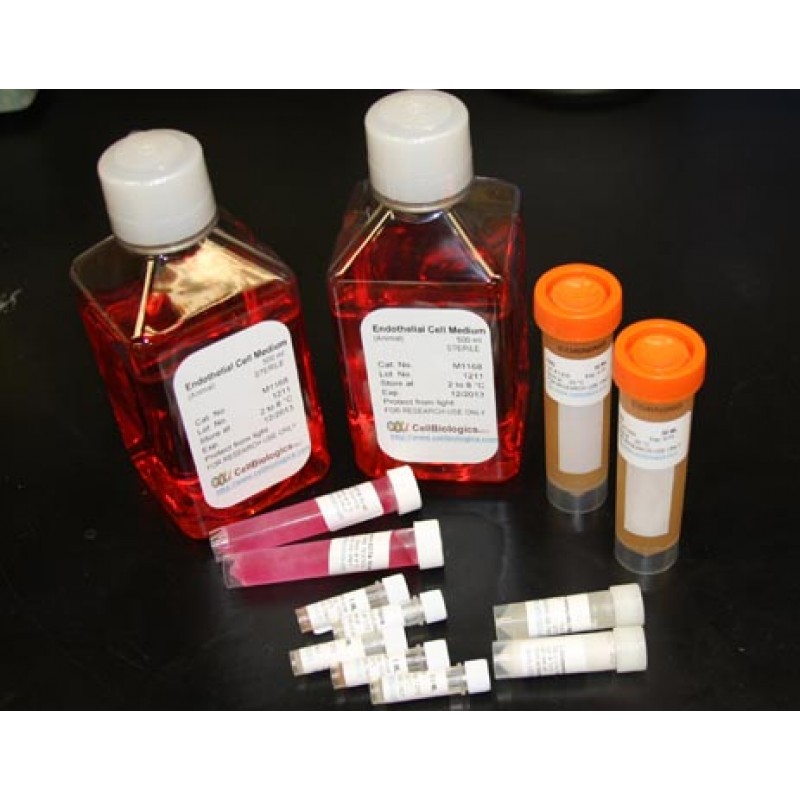IL3 is produced mainly by T cells following cell activation by antigens and mitogens, but also by keratinocytes, natural killer cells, mast cells, endothelial cells, and monocytes. The analysis of bacterial- derived recombinant IL3 shows that glycosylation is not required for activity. IL3 sequences are evolutionarily less well conserved with human and murine IL3 sharing approximately 29% homology (at the protein level) and murine and rat IL3 sharing approximately 54% homology. IL3 receptors are expressed on macrophages, mast cells, eosinophils, megakaryocytes, basophils, bone marrow progenitor cells and various myeloid leukemia cells. Binding of IL3 to its receptor causes specific phosphorylation of a 150 kDa membrane glycoprotein. Recombinant human IL3 is a non-glycosylated globular protein.


